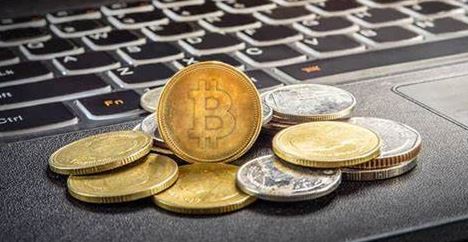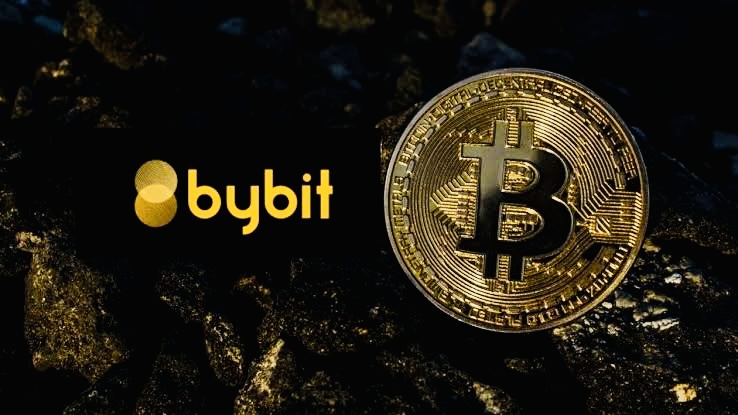Pi Coin’s highly anticipated launch has quickly turned into a rollercoaster ride, as the cryptocurrency’s price crashed dramatically within just 24 hours of going live. After years of promises, delays, and growing expectations, the digital asset saw its value plummet from $2 to $0.80, a 60 percent decrease that has raised questions about its future stability.
Thursday marked a historic milestone in the cryptocurrency world as Pi Coin, the innovative mobile-mined digital currency, officially launched its Open Mainnet at 8:00 a.m. UTC (9:00 a.m. WAT). After years of anticipation, development, and multiple delays, the Pi Network has transitioned from an enclosed ecosystem to a fully operational blockchain, enabling millions of “Pioneers” worldwide to trade, transfer, and use their Pi coins in real-world applications.
However, the launch has been accompanied by significant price volatility, with CoinGecko reporting a drop from $2 to $0.8 within hours, reflecting the dynamic challenges and opportunities facing this groundbreaking cryptocurrency.
Read also: South African fintech 6DOT50 partners with 1,400+ car dealerships to enable crypto payments
The journey to launch
Founded in 2019 by Stanford graduates Dr. Nicolas Kokkalis and Dr Chengdiao Fan, Pi Network aimed to democratise cryptocurrency by making mining accessible via smartphones. Unlike Bitcoin, which demands energy-intensive hardware, Pi allows users to mine coins by tapping a button on the Pi Network app every 24 hours. This unique approach has built a massive global community, with over 19 million Pioneers completing Know Your Customer (KYC) verification and more than 10 million migrating their coins to the Mainnet by the January 31, 2025, deadline.
The road to this launch was not without hurdles. Initially planned for earlier dates, the Open Mainnet was postponed multiple times—from December 31, 2024, to February 20, 2025—to ensure extensive KYC verifications and the development of at least 100 ecosystem applications. Meeting the target of 10 million migrated users was a critical prerequisite, reflecting the network’s commitment to a robust and secure launch.
What Pi launch means
The Open Mainnet launch represents a monumental shift for Pi Coin. During its “enclosed” phase, transactions within the Pi ecosystem were previously limited to the firewall. The removal of the firewall now allows Pi to interface with external blockchain systems. Pioneers can engage in transactions beyond the network, trade on exchanges like OKX, Bitget, and CoinDCX, and leverage a growing suite of decentralised applications (dApps). Speculation is rife that Binance may list Pi following a community poll that concluded on February 27, 2025.
Technologically, Pi Network boasts a blockchain that processes transactions 120 times faster than Bitcoin, with a 5-second block time compared to Bitcoin’s 10 minutes. At launch, only 1 billion of the 6.1 billion mined Pi tokens are immediately tradable, with the remainder locked in users’ wallets for months or years to control supply and stabilise value—a strategy tested by today’s market dynamics.
Pi price volatility: From $2 to $0.8
The market response to Pi Coin’s launch has been marked by significant volatility. According to CoinGecko, Pi Coin opened trading at $2 but plummeted to $0.8 within the first few hours, a 60 percent decrease. This rapid decline reflects the typical behaviour of newly launched cryptocurrencies, where early adopters sell their holdings to realise profits, exerting downward pressure on the price. The selling pressure was evident despite the limited tradable supply of 1 billion tokens, suggesting a rush among early miners to cash out.
Before the official launch, Pi Coin’s IOUs (I Owe You tokens) on exchanges like HTX showed different volatility patterns, surging from $49 to $92—an 80 percent spike—after the February 12 confirmation, only to drop later. The CoinGecko data post-launch, however, paints a stark picture of the real-time market adjustment, with the $2 to $0.8 drop highlighting the discrepancy between pre-launch speculation and post-launch reality. This volatility, while concerning, is not uncommon for new digital assets navigating initial supply and demand dynamics.
Pi Coin’s launch offers a promising opportunity to enhance digital inclusion in regions like Nigeria and Africa. Its mobile-first approach aligns with high smartphone penetration, potentially fostering financial empowerment for millions. The ecosystem already features approximately 80 community-built applications—like Map of Pi and 1pi Mall—with more in development, laying the groundwork for broader utility.
However, the risks are significant. The rapid price drop has fueled concerns about stability and long-term value, compounded by the absence of a clear use case beyond mining rewards. Scepticism persists from years of delays, with some labelling Pi a “scam” or Ponzi scheme, though the network’s transparency with KYC and community-driven model counters such claims. While aimed at controlling supply, the locked token strategy could lead to future volatility as tokens are released, posing additional challenges.
Read also: Busha launches cNGN: Nigeria’s private-sector stablecoin for fast cross-border transactions
Market reactions and analyst perspectives
Analysts are divided on Pi Coin’s trajectory. Some see the potential for stabilisation as initial selling subsides and adoption grows, buoyed by the large user base and ecosystem development. A higher-level recovery—potentially $100 as speculated pre-launch—could occur if momentum persists. Others warn of further declines if utility or regulatory issues falter, with a break below $0.8 possibly testing lower support levels. The 60 percent drop from $2 to $0.8 underscores the speculative nature of the market, with success hinging on real-world application and regulatory collaboration.
Pi Coin’s launch is not the end but the beginning of its journey to prove its worth in a competitive crypto landscape. Adoption and utility will be key, with the network’s growing ecosystem and technical advantages providing a foundation for optimism. Collaboration with regulators and financial bodies will be critical to ensure sustainability and legitimacy, particularly in markets like Africa, where digital infrastructure is a priority.
The global crypto community watches closely as Pi Coin navigates its first day in the open market. Whether it stabilises after the initial $2 to $0.8 drop or faces further turbulence, today’s launch marks a bold step forward for the Pi Network. The challenge is translating its massive user base and innovative model into lasting value, proving that mobile-mined cryptocurrency can redefine the digital economy.









